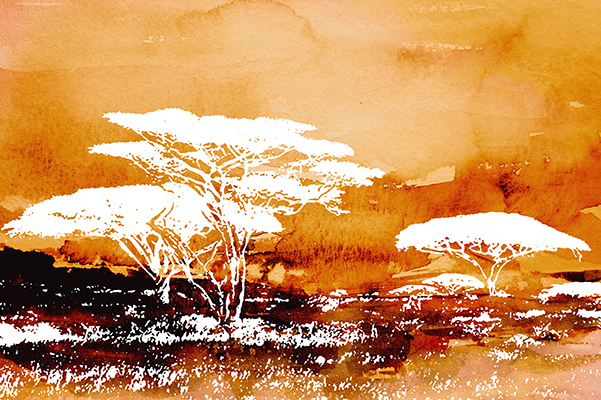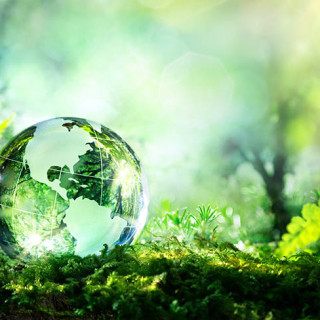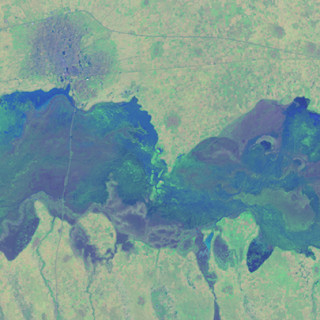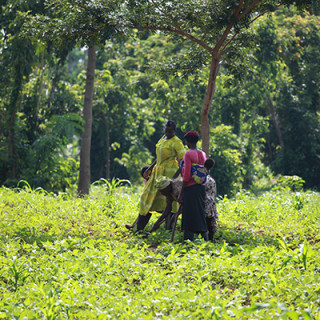Savannahs slow climate change
Tropical rainforests have long been considered the Earth’s lungs, sequestering large amounts of carbon dioxide from the atmosphere and thereby slowing down the increasing greenhouse effect and associated human-made climate change. Scientists in a global research project now show that the vast extensions of semi-arid landscapes occupying the transition zone between rainforest and desert dominate the ongoing increase in carbon sequestration by ecosystems globally, as well as large fluctuations between wet and dry years. This is a major rearrangement of planetary functions.
An international study released this week, led by Anders Ahlström, researcher at Lund University and Stanford University, shows that semi-arid ecosystems—savannahs and shrublands—play an extremely important role in controlling carbon sinks and the climate-mitigating ecosystem service they represent.
“Understanding the processes responsible for trends and variability of the carbon cycle, and where they occur, provides insight into the future evolution of the carbon sink in a warmer world and the vital role natural ecosystems may play in accelerating or slowing down human-induced climate change”, says Anders Ahlström.
“A heightened effort is needed to manage and protect the semi-arid regions of the world.”
Tropical rainforests are highly productive, and this means that they take up a lot of carbon dioxide, but rainforests are crowded places with little room to fit in more plants to do more photosynthesis and to store carbon. In addition, the typical moist, hot weather conditions are ideal for growth and do not change much from year to year.
In savannahs it is different. As productivity increases there is room to fit in more trees whose growing biomass provides a sink, or store, for carbon sequestered from the atmosphere. In addition, savannahs spring to life in wetter years, causing large fluctuations in carbon dioxide uptake between wet and dry years. Large enough, Ahlström and colleagues show, to control the amount of carbon dioxide in the atmosphere.
“There has been an increase in the uptake of carbon dioxide over time, and land ecosystems have together absorbed almost one third of all carbon dioxide emissions from human activity since the 1960s. What is perhaps even more surprising is that this trend is also dominated by the semi-arid lands”, Anders Ahlström says.
We have long known that we need to protect the rainforests but, with this study, the researchers show that a heightened effort is needed to manage and protect the semi-arid regions of the world as well.
Text: Dragana Trivic
Illustration: Catrin Jakobsson
Facts
-
Carbon cycle:
-
Carbon dioxide (CO2) exists naturally in the atmosphere, but it is also the greenhouse gas that is most altered by human activities, most notably fossil fuel combustion and tropical deforestation. The Earth’s vegetation reduces the increase in atmospheric CO2 concentrations by sequestering over a quarter of anthropogenic emissions. This so-called carbon sink results from the balance between plant photosynthesis, which annually takes up a significant fraction of the CO2 in the atmosphere, and a slightly smaller quantity of CO2 that is released back to the atmosphere though life processes (respiration) and wild fires. The resultant carbon sink slows down the rate of increase of greenhouse gases in the atmosphere and helps mitigate global climate change, a vital ecosystem service.






